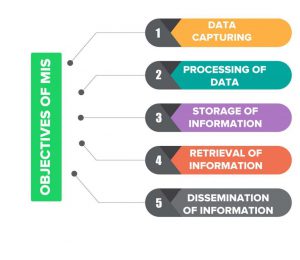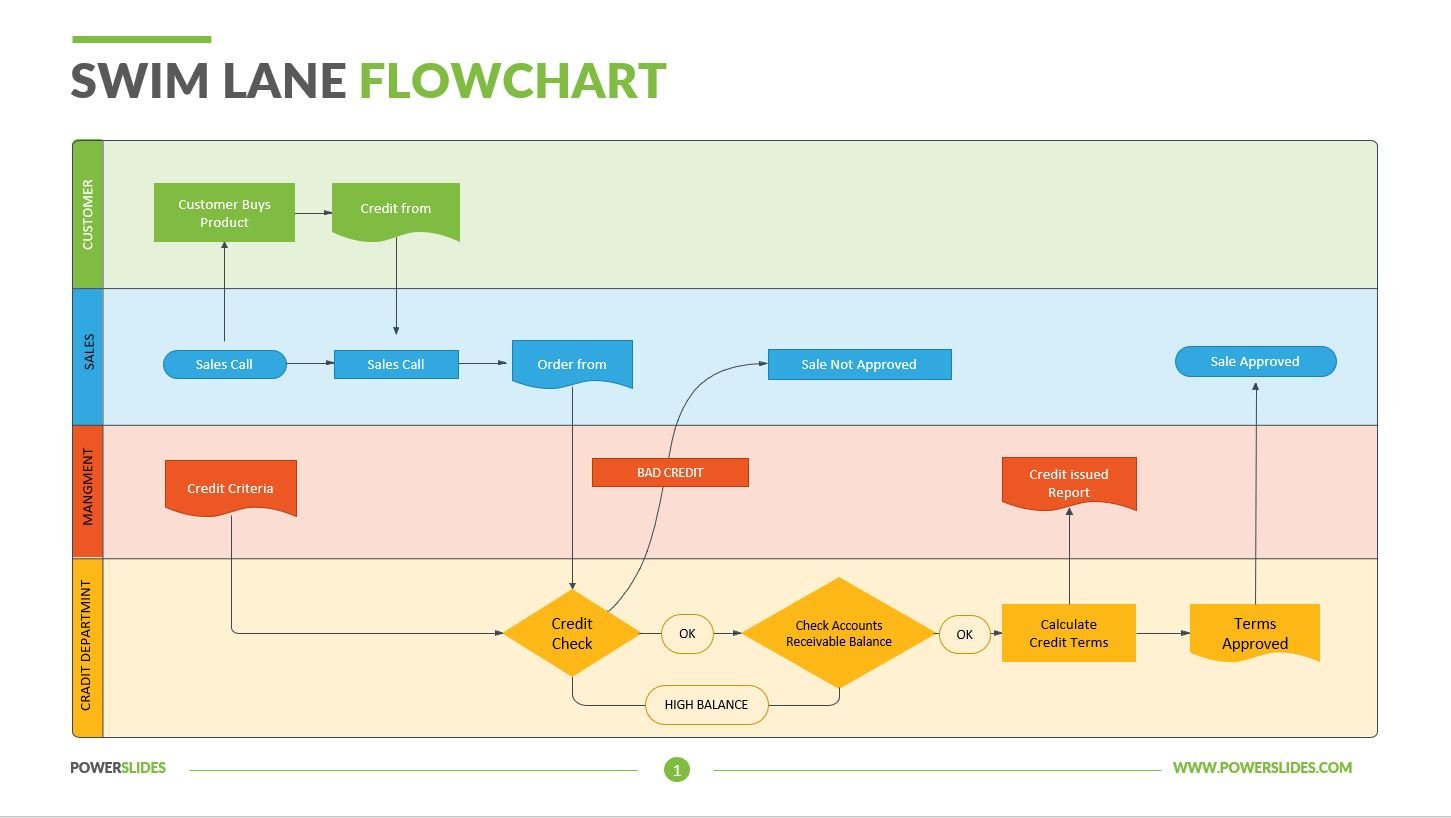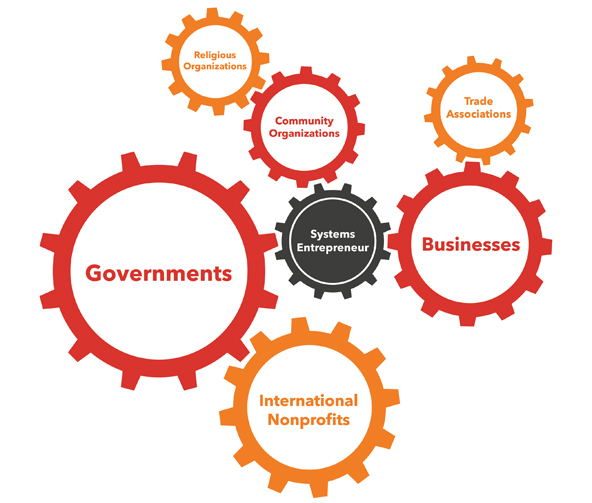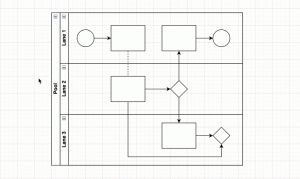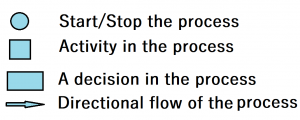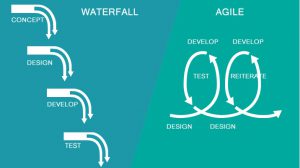MIS professionals analyze and implement information technology and apply it to their business goals. They communicate with managers and consumers in order for them to better understand their information technology needs as well. MIS professionals acquire unique business-oriented problem solving techniques and work across business functions, having a complete understanding of the organization they are working for. It is important for them to obtain good communication and technical skills when communicating with consumers and administrators. MIS professionals are needed in numerous industries, since MIS is a universal need among businesses. MIS professionals need to perform numerous tasks, some of which may include; networking, business analysis, development, consulting, and security.

